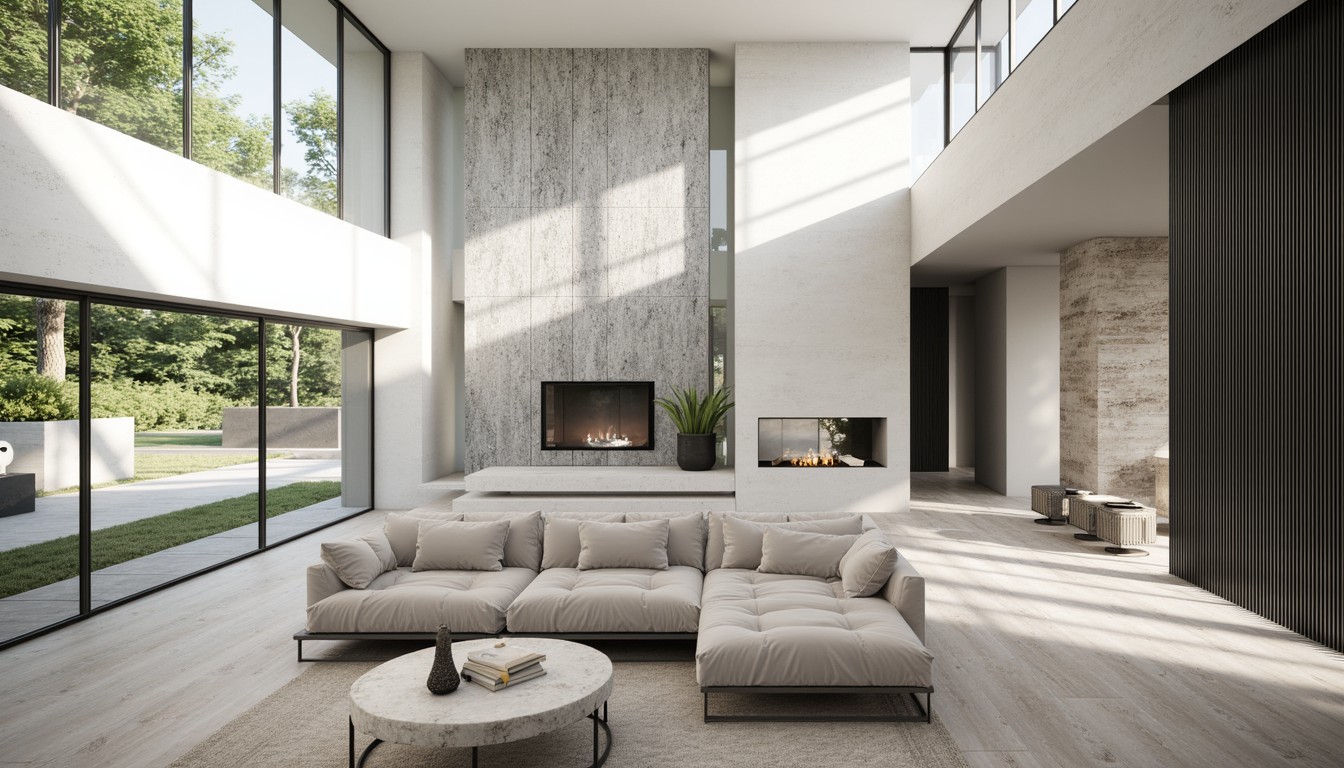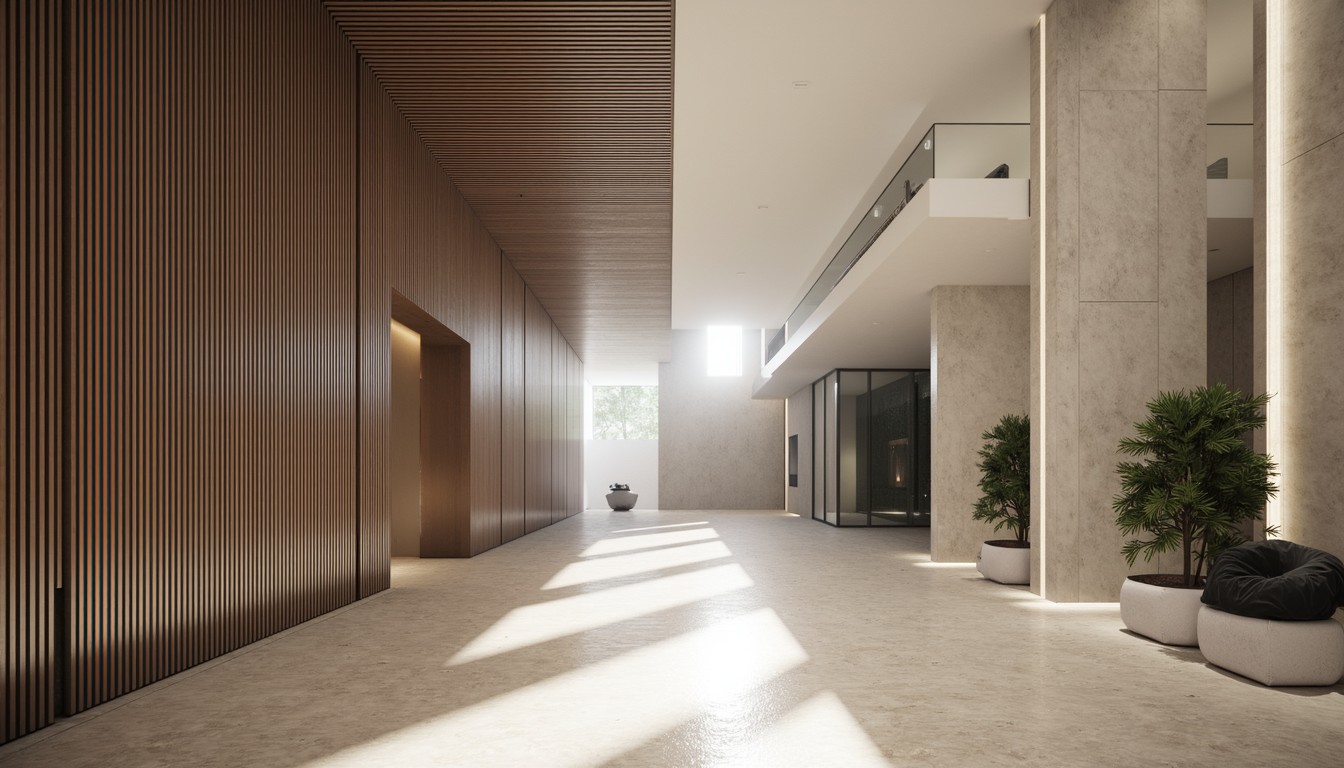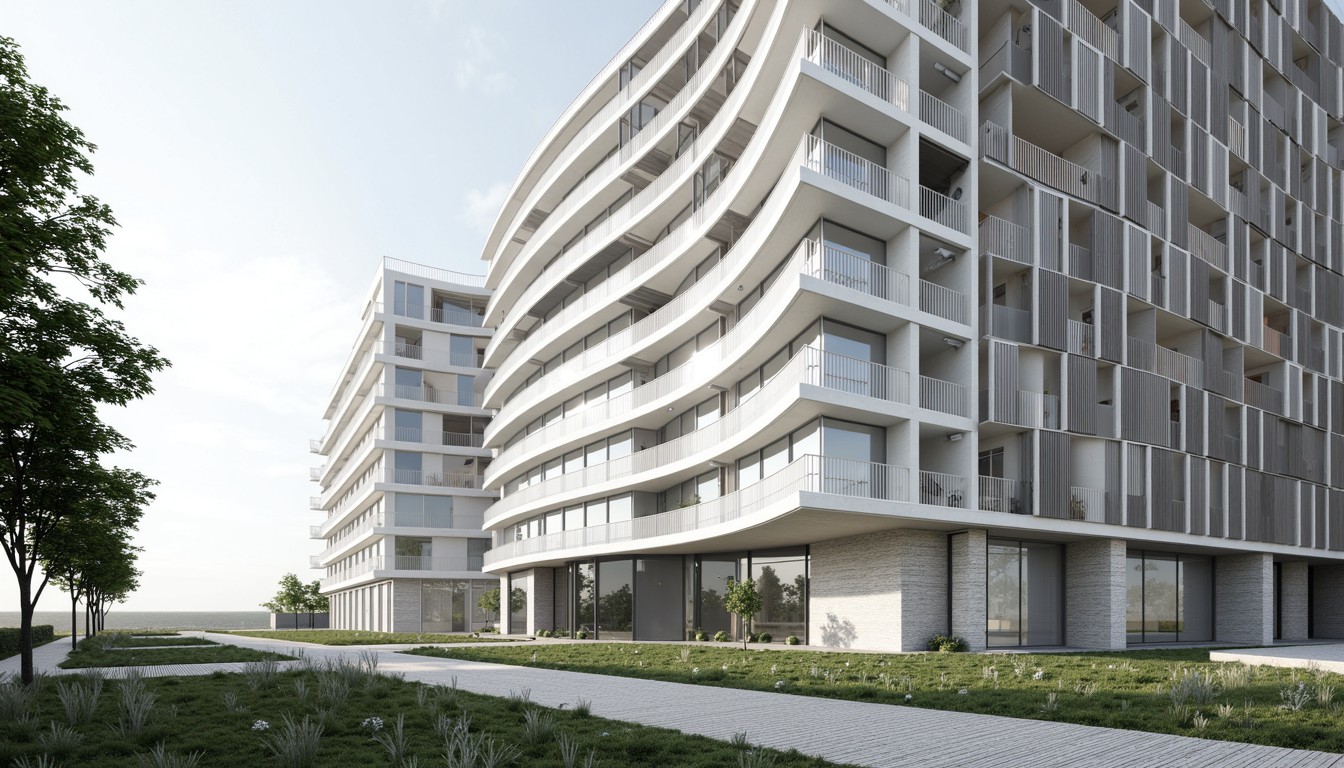Sustainable Architecture: Green Building Technologies & Visualization
The construction industry is a significant contributor to global carbon emissions. However, a growing awareness of environmental responsibility is driving a revolution in architectural design, leading to the rise of sustainable architecture. This shift involves incorporating green building technologies – innovative solutions designed to minimize the environmental impact of buildings throughout their lifecycle. At ArchNav, we believe in the power of visualization to accelerate the adoption of sustainable practices, offering clients stunning renderings that showcase the beauty and efficiency of eco-friendly designs.
Key Principles of Sustainable Architecture

Sustainable architecture isn't just about using eco-friendly materials; it's a holistic approach encompassing several key principles:
- Energy Efficiency: Minimizing energy consumption through passive and active design strategies.
- Water Conservation: Implementing water-saving fixtures and rainwater harvesting systems.
- Material Selection: Prioritizing sustainable and locally sourced materials with low embodied carbon.
- Waste Reduction: Minimizing construction waste through careful planning and material reuse.
- Indoor Environmental Quality: Creating healthy and comfortable indoor environments with good ventilation and natural light.
- Site Selection and Integration: Choosing appropriate building sites and minimizing the building's impact on its surroundings.
Green Building Technologies: A Deep Dive

Numerous innovative technologies are transforming the way we design and build sustainable structures. Let's explore some key examples:
1. Passive Design Strategies
Passive design focuses on harnessing natural resources to reduce energy consumption. This includes:
- Optimal Building Orientation: Maximizing solar gain in winter and minimizing it in summer.
- Natural Ventilation: Utilizing cross-ventilation and stack effect to cool buildings naturally.
- Shading Devices: Using overhangs, awnings, and trees to control solar heat gain.
- Thermal Mass: Utilizing materials that store and release heat to moderate temperature fluctuations.
2. Active Design Strategies
Active design strategies involve using technology to enhance energy efficiency. These include:
- Solar Photovoltaic (PV) Systems: Generating electricity from sunlight using solar panels.
- Solar Thermal Systems: Using sunlight to heat water or space.
- Geothermal Heat Pumps: Utilizing the stable temperature of the earth to heat and cool buildings.
- Building Management Systems (BMS): Optimizing building performance by monitoring and controlling various systems.
3. Sustainable Materials
The choice of building materials significantly impacts a building's environmental footprint. Sustainable options include:
- Recycled Materials: Utilizing recycled content in construction materials like steel and concrete.
- Bio-based Materials: Employing materials derived from renewable resources such as bamboo, timber, and hemp.
- Locally Sourced Materials: Reducing transportation emissions by using materials from nearby sources.
- Cross-Laminated Timber (CLT): A strong and sustainable alternative to concrete and steel.
4. Water Management Technologies
Sustainable water management is crucial for reducing water consumption and pollution. Key technologies include:
- Rainwater Harvesting: Collecting rainwater for non-potable uses like irrigation and toilet flushing.
- Greywater Recycling: Recycling wastewater from showers and sinks for irrigation.
- Water-Efficient Fixtures: Using low-flow toilets, showerheads, and faucets.
ArchNav's Role in Sustainable Architecture

ArchNav plays a vital role in promoting sustainable architecture through cutting-edge visualization. Our high-quality renderings and animations allow architects to effectively communicate the design and functionality of green building technologies to clients and stakeholders. We help showcase the aesthetic appeal of eco-friendly buildings, demonstrating that sustainability and design excellence can coexist seamlessly. By visualizing the positive environmental impact of sustainable choices, we inspire confidence in eco-conscious building practices.
Conclusion
Sustainable architecture is no longer a niche concept; it's a necessity. By embracing green building technologies and innovative design strategies, we can create buildings that are environmentally responsible, economically viable, and socially equitable. ArchNav is committed to supporting this transition, providing architects with the visualization tools they need to design and build a more sustainable future. Contact us today to see how our expertise can bring your sustainable vision to life.
